Kuşadası Aydın City: A Tourist Paradise on Turkey’s Aegean Coast
Kuşadası is a charming coastal city located on the Aegean coast of Turkey, within the province of Aydın. This tourist destination is renowned for its fine sandy beaches, crystal-clear waters, and rich history dating back thousands of years. Its name, which means “Bird Island” in Turkish, originates from the shape of the peninsula that resembles a bird’s head. During the Byzantine era, it was known as Ephesus Neopolis, while under Genoese and Venetian rule, it was called Scala Nuova. It officially adopted the name Kuşadası in the early 20th century.
Ancient History
The earliest settlements in the Kuşadası region date back to 3000 BC, established by the Lelegians and Carians from central Anatolia. These early settlers formed colonies on the slopes of Pilav Mountain, founding the cities of Ania and Melia, known for producing figs, grapes, olives, and wine. The region quickly became an important agricultural and commercial hub.
In the 10th century BC, Kuşadası became part of the Ionian League, a federation of the most advanced cities of the time, such as Ephesus, Samos, and Miletus. The region hosted the Panionion sanctuary, where annual league meetings took place, consolidating its cultural and spiritual importance. Around this period, nearby cities like Phygale, Marathesion, and Neopolis emerged as centers of trade and culture.
Persian and Byzantine Rule
In 546 BC, the Persians invaded the region, establishing their dominance for several centuries. Later, in 200 BC, the area became part of the Roman Empire, experiencing a period of stability and development. However, with the decline of the Roman Empire and the rise of the Byzantine Empire, Ephesus’ port lost significance due to earthquakes and sedimentation problems. This led the Byzantines to establish new trade routes in Neopolis, the precursor of Kuşadası.
Under Byzantine control, the region flourished as a multicultural center where Greeks, Jews, and Armenians coexisted. Known as Scala Nuova, this area became a prosperous port facilitating trade between East and West.
Ottoman Influence
In 1413, Kuşadası was incorporated into the Ottoman Empire after being conquered by Sultan Mehmet Çelebi. During this period, the city underwent significant development, with the construction of notable structures that still define its urban landscape. The Caravanserai of Okuz Mehmet Paşa, built in 1618, is an iconic example of Ottoman architecture. This caravanserai served not only as a resting place for merchants but also as an administrative and defensive center.
Additionally, the city walls were fortified, and mosques, entrance gates, and the citadel on Pigeon Island—a small islet connected by a bridge—were constructed. Today, this islet is one of Kuşadası’s main tourist attractions.
Modern Era
After World War I, Kuşadası was briefly occupied by Greek forces in 1919. However, it was liberated in 1922 and became part of the Republic of Turkey. Initially administratively linked to İzmir, the city became part of the Aydın province in 1954.
In the following decades, Kuşadası transformed into a major tourist destination, thanks to its strategic location and rich cultural offerings. The development of its infrastructure, including hotels, restaurants, and a port welcoming international cruise ships, solidified its reputation as one of the most attractive spots on Turkey’s Aegean coast.
A Sophisticated Tourist Destination
Today, Kuşadası is one of the top destinations for both domestic and international tourists. Its beaches, such as Ladies Beach, Long Beach, and Kustur Beach, provide ideal spaces for sunbathing and water sports. Additionally, its proximity to significant archaeological sites like Ephesus, Priene, Miletus, and Didyma allows visitors to combine relaxation with cultural exploration.
The city also boasts a vibrant nightlife, especially along its seafront promenade, where bars, nightclubs, and restaurants offer a mix of traditional and international cuisine. During the summer, Kuşadası hosts cultural and music festivals, attracting artists and audiences from around the world.
Must-See Attractions
- Caravanserai of Okuz Mehmet Paşa: This iconic Ottoman building blends history and functionality, currently operating as a hotel and cultural center.
- Pigeon Island: A small islet connected to the mainland by a bridge, famous for its castle, panoramic views, and tranquil atmosphere.
- Ruins of Ephesus: One of the most impressive archaeological sites in the world, located just 20 kilometers from Kuşadası.
- Ladies Beach: Perfect for families, offering modern facilities and a relaxed atmosphere.
- Dilek Peninsula National Park: A protected natural area ideal for hiking, diving, and wildlife observation.
Conclusion
Kuşadası is a destination that perfectly combines history, culture, and modernity. Its beaches, historical landmarks, and vibrant tourism offerings make it a unique spot on Turkey’s Aegean coast. Whether you’re looking to relax in the sun, explore ancient civilizations, or enjoy a lively nightlife, Kuşadası has something to offer every type of traveler. Undoubtedly, it’s a place that should be on your list of must-visit destinations.
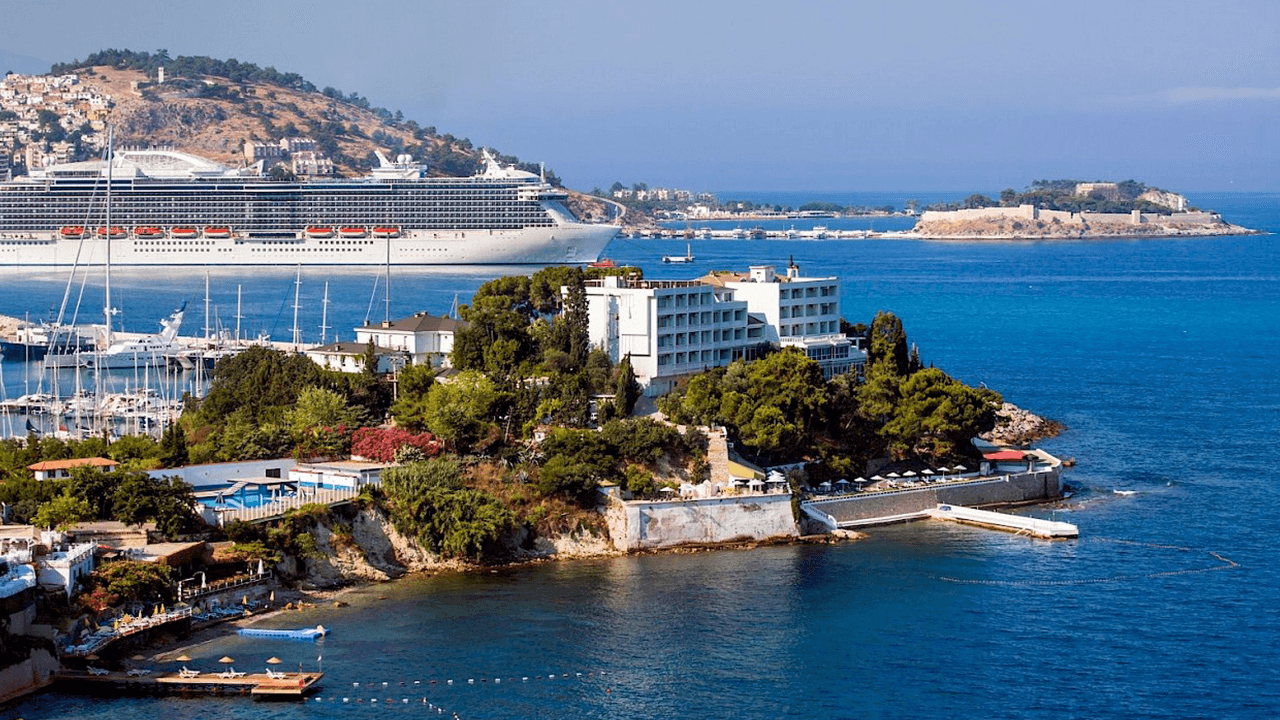

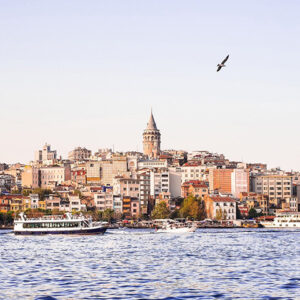

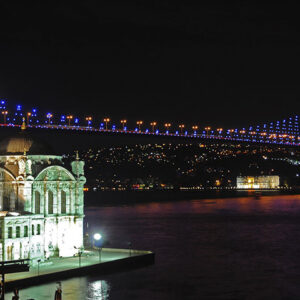

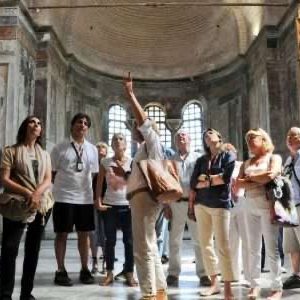



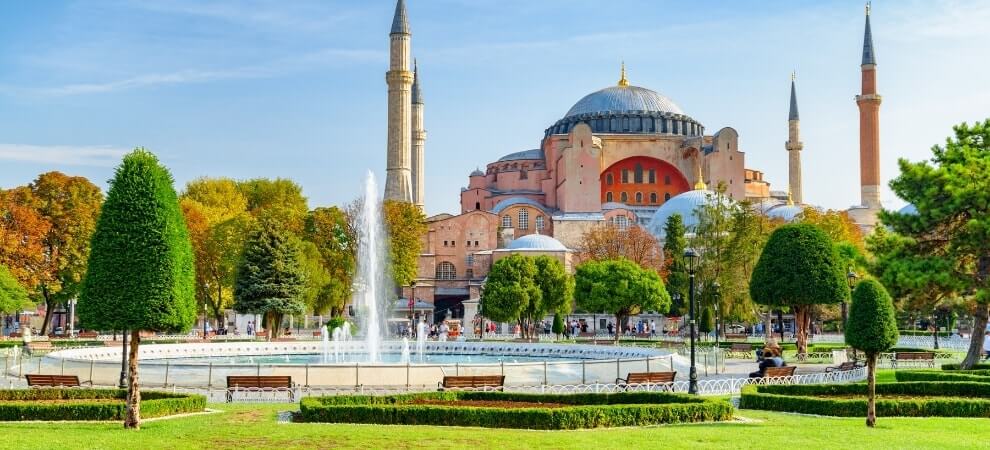
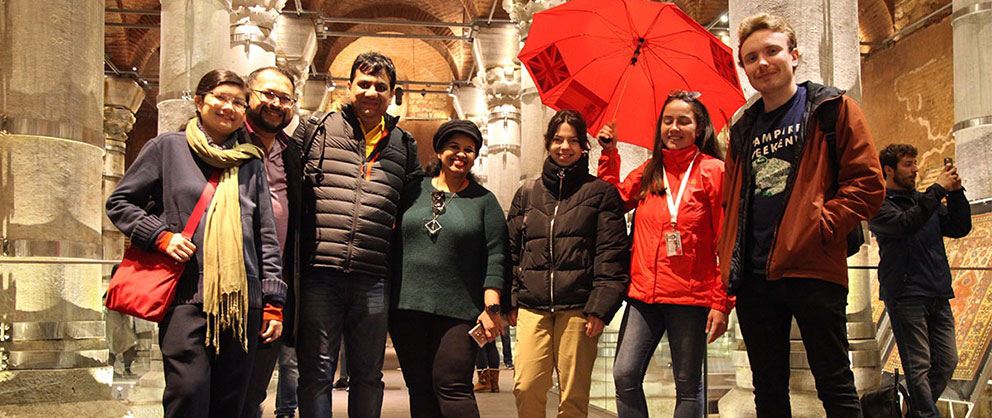
3 thoughts on “Kusadasi Aydin City”
★★★★★
Visiting ‘Kusadasi Aydin City’ was an extraordinary experience, offering insights and enjoyment like no other. Highly recommended!
★★★★★
Every moment spent at ‘Kusadasi Aydin City’ was filled with wonder and learning. It’s a place I will always cherish.
★★★★★
Exploring ‘Kusadasi Aydin City’ exceeded all my expectations. A perfect combination of culture, beauty, and knowledge.